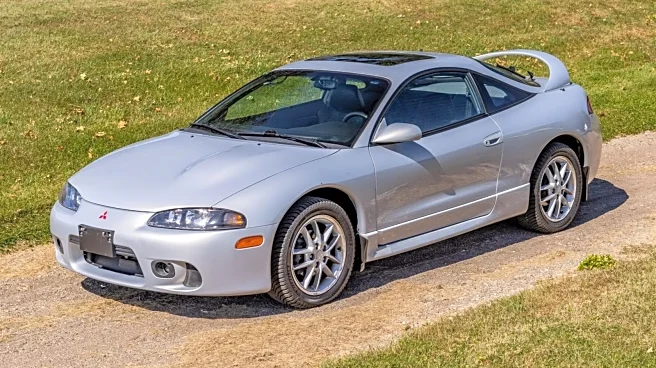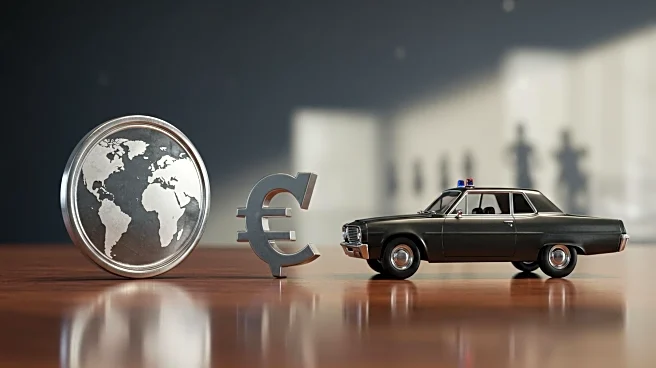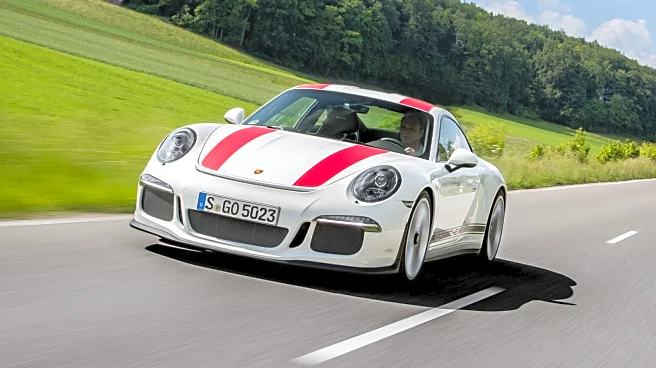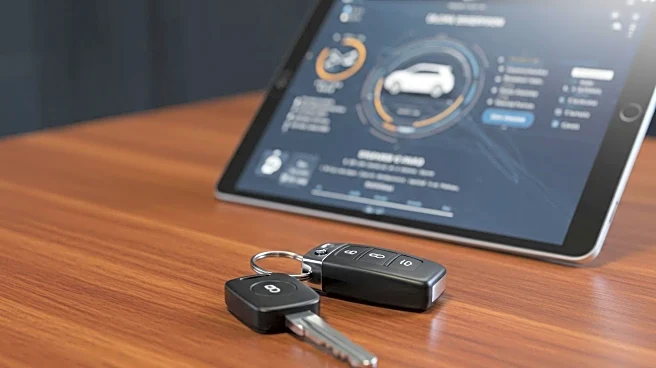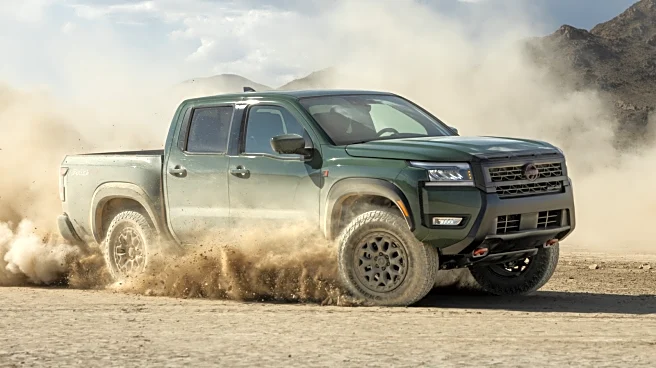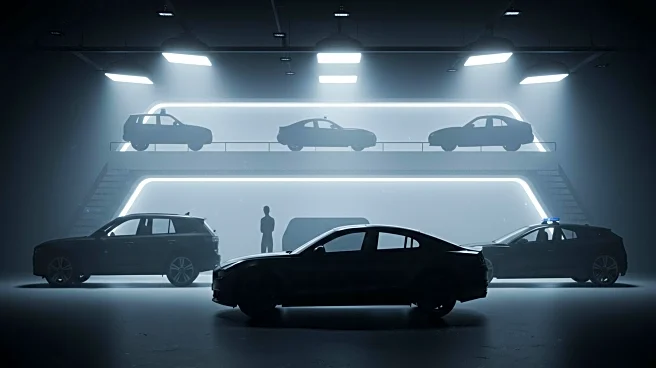
Whoever said "beauty is only skin deep" never heard an Aston Martin V12 rev. Astons are beautiful inside and out, like supermodels who volunteer at orphanages. Well, they mostly are, as there are some outliers. There's the Cygnet, Aston's re-sculpted Toyota/Scion iQ, which was only beautiful to bean counters who needed to lower the brand's emissions. Aston did build a Cygnet with the 4.7-liter V8 from a Vantage S, though, which is like putting a JATO rocket motor in a golf cart.
One Aston Martin that
could be said to have only skin-deep-beauty (depending on your definition of beauty) is the Aston Martin Lagonda Vignale. No, not the original, expensive-to-maintain-and-buy 1974-1990 Aston Martin Lagonda that looks like a Ferrari 400i crossbred with a doorstop, but rather the prototype attempted successor that debuted at the Geneva Motor Show in 1993. At this same show, the world also got to see the Bugatti EB112, and attendees who forgot their glasses would have been forgiven for getting the cars mixed up.
While the EB112 had a 6.0-liter V12, the Lagonda Vignale only had the promise of eventually getting a V12. What actually powered the show car was a 4.6-liter V8. This was, of course, because the car was built using the chassis and drivetrain from a Lincoln Town Car.
Ford owned Aston Martin at the time, so why not slap a sexy body onto a Lincoln chassis with a V8? It was supposed to get a V12 and an extruded aluminum chassis eventually; meanwhile, Ford used curvy sheet metal to sell the concept. After all, Ford bought Aston Martin for its styling, so naturally FoMoCo had the Lagonda's appearance created by Italy's Ghia Design (which Ford still owns).
Read more: These Supercars Lose Value So Quickly, They're Almost A Steal
Where The Lagonda Vignale Faded Into Obscurity, The DB7 Flourished

Aston Martin actually showed off two cars at the 1993 Geneva Motor Show, the other one being the DB7. You know, the car that was going to be a successor to the XJS called the F-Type, except that Jaguar leadership had their monocles pop out at the impropriety of Ford having outsider Tom Wakinshaw Racing (TWR) design them a vehicle. Perhaps they forgot that TWR had developed the XJ220 and Jaguar's Group C race cars. So TWR took its ball and went home — or rather, took its design to Aston Martin.
But, while the DB7 became a runaway success for Aston, especially when it eschewed the Jaguar-derived supercharged inline-6 for a more gentlemanly V12, the Lagonda Vignale just poofed into nothingness. These days, well-loved V12 Aston Martin DB7s are so common, you can find them at junkyards, but can you honestly say you knew the Lagonda Vignale existed before now? The Sultan of Brunei managed to get ahold of the single production Lagonda Vignale ever made, which had a proper V12, some visual alterations, and rear armchairs rather than a bench seat. He paid about $1.95 million for it in 1995, two years after the Geneva show.
Of the pair of Lagonda Vignale prototypes, Ford kept one that was painted in Sorrento Blue until 2002. Someone paid $403,500 for it at a Christie's auction, well over the $60,000 to $120,000 estimate. The other example was painted gray and eventually destroyed, because why keep or sell a valuable rare thing? That'd just be silly.
Ford Loved Throwing Its Brands In A Blender

Like many "what if" vehicles, 'twas cost that killed the beauty. Ford thought the Lagonda would be an expensive uphill battle outside Great Britain, the only location where "Lagonda" held any significance at the time.
But the Lagonda Vignale survives, not just as a show car and a grain of sand in the beach that is the Sultan of Brunei's car collection, but as a testament to Ford's cross-pollination in the early '90s. American Ford, owner of English Aston Martin, had a concept penned by Scotsman Moray Callum (the dude wearing sunglasses in the first picture), who worked for Italian Ghia Design, and named it "Lagonda Vignale" after the other Italian coachbuilder, Corrozzeria Alfredo Vignale, which Ford bought in 1973. Once upon a time, Ghia designed Ferraris that stop traffic at Pebble Beach, but under Ford, it didn't get its name on a prototype it designed.
Oh, and the guy at TWR who designed the F-Type that Jaguar rejected? That's Ian Callum, Moray's brother, who helped reshape it into Aston Martin's DB7. In 1999, Ian became Jaguar's design director and eventually led the development of — let me check my notes here — the "Jaguar F-Type." If at first, you don't succeed, apparently.
As for the Lagonda Vignale's interior, that was the work of David Wilkie and Sally Wilson (scarf guy and brown-jacket woman in the first pic), also of Ghia at the time. It was as luxurious as one could hope for, with a beechwood dash, analine-dyed Parchment leather seats, and wool carpets. If the people wheeling the thing around the Geneva Auto Show were disappointed with its 190-hp V8 and pushbutton four-speed automatic, they certainly weren't upset with the stupendously comfortable and plush cabin.
Want more like this? Join the Jalopnik newsletter to get the latest auto news sent straight to your inbox...
Read the original article on Jalopnik.


